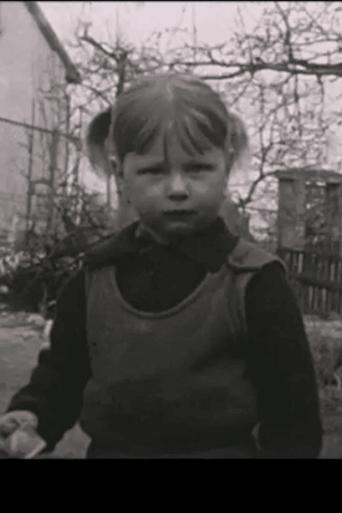
11 Aug 2024

this evening out of boredom washed my hands three times in succession in the bathroom
Reminiscences of a trip to Čáslav
No overview found

11 Aug 2024

Reminiscences of a trip to Čáslav

20 Jan 2025

‘Under the Weight of a Waking Dream’ is Zefier's debut swan song to the ending year. Comprised of poetry and endless enumerations is a diaristic film chronicling the lessons and contradictions found throughout the human experience.
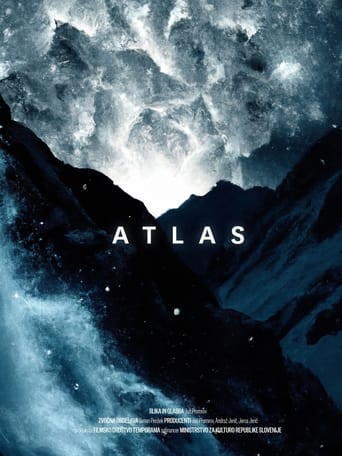
25 Oct 2022

An atmospheric journey, following the unstoppable forces that shape this world. A story beyond humanity.
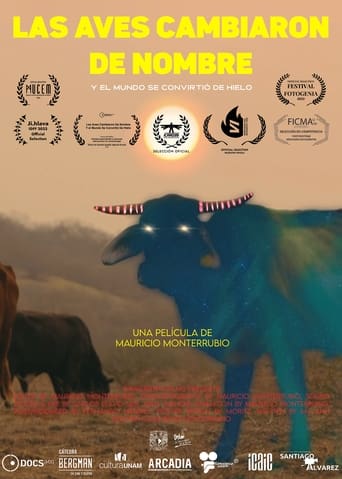
21 Oct 2022

Migrant families experience violence, but they also keep beautiful memories when they arrive in new lands. Fantastic and intimate stories, recalled from childhood, travel across time and space, magically intermingling with the help of the four elements and breaking the boundaries of cinema.
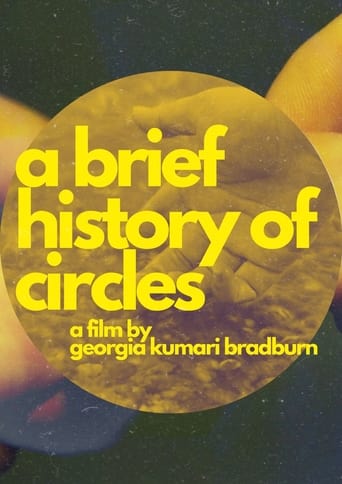
10 Feb 2024

An experimental video essay which uses circles and waves to explore neurodivergent experience.
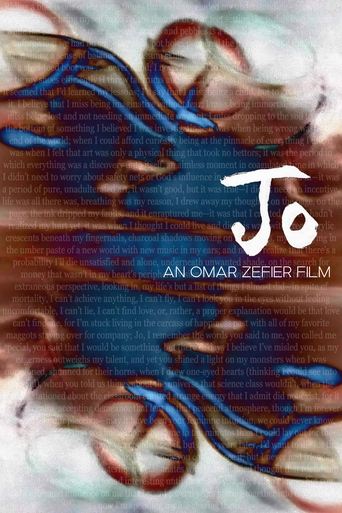
11 Feb 2025

Jo; or The Act of Riding a Bike is Zefier's third film.
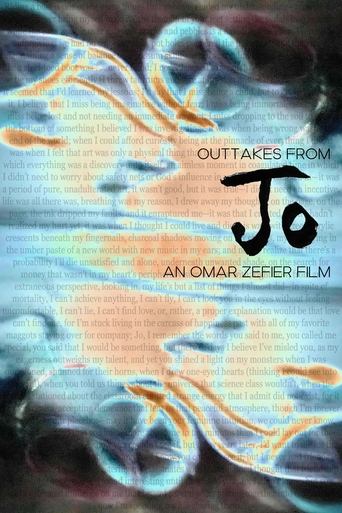
11 Feb 2025

Outtakes, commentary from Zefier's third film: Jo; or The Act of Riding a Bike.
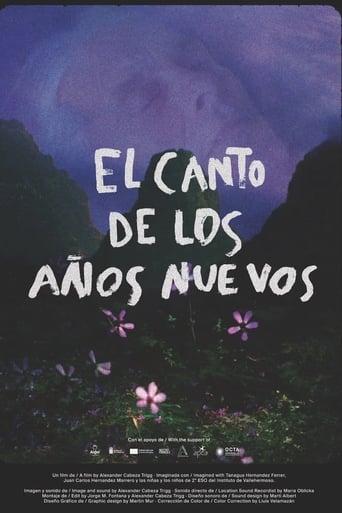
08 Apr 2024

On the island of La Gomera, children imagine stories while they examine archeological remains. An ethno-fictional journey in which past and present coalesce, creating resonances between the volcanic landscape and Silbo, the whistled language of the island.
17 Oct 2002
Film in hand. Carnival in the global village.

15 Jul 2007

"Soap Opera of a Frozen Filmmaker" project is a series of seven episodes of cinematic diaries. It is the unique point of view of an anonymous artist whose entire essence of existence is to make films, but he is rejected on every front time after time. During the process he ponders his life as an artist, the nature of material society and life in general, in which his owm life eventually become a tragedy.
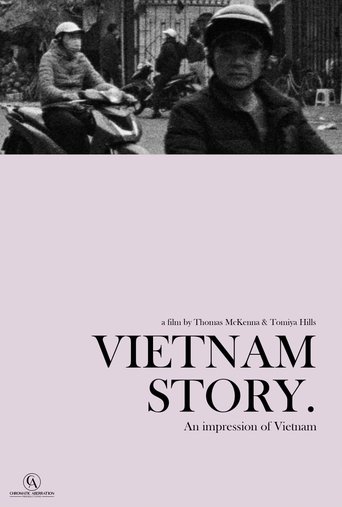

A cinematic impression of Vietnam, told through the eyes of Vietnamese immigrants.
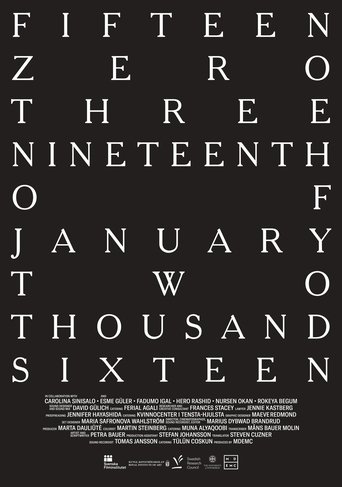
29 Jan 2024

fifteen zero three nineteenth of january two thousand sixteen explores how everyday routines and gestures are transformed when a mother loses her child in the violence impacting Swedish outskirts since the early 2000s. The film resists simplistic media depictions of the suburbs and shows how a home can hold both mourning and the mobilization of women to fight for their own and others' children.
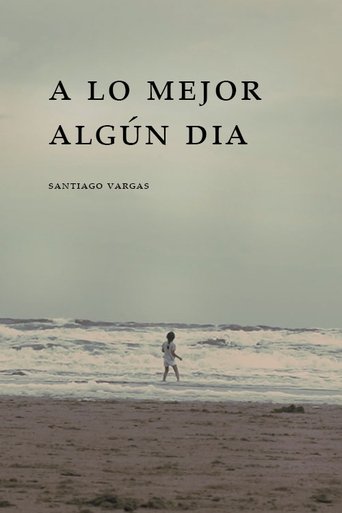

No overview found
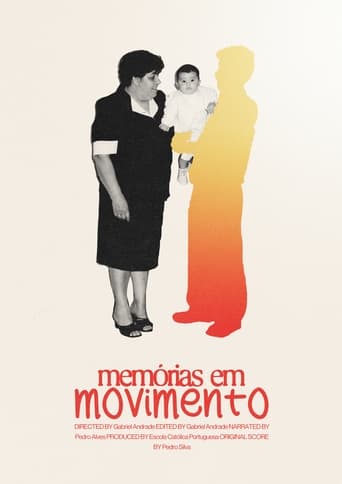
10 May 2024

On April 1st, 2022, my grandfather passed away and i felt lost. I think my path changed when, some days after he passed away, i was offered a small VHS camera. "Moving Memories" is a visual journey that makes the viewer reflect on our momentary presence on earth and questions the nature of memory. Throughout this journey, we get to the conclusion that memories are more than just static photographs in our minds, they're alive and in constant movement, changing while we evolve as individuals. These memories have influence and help us to move on.
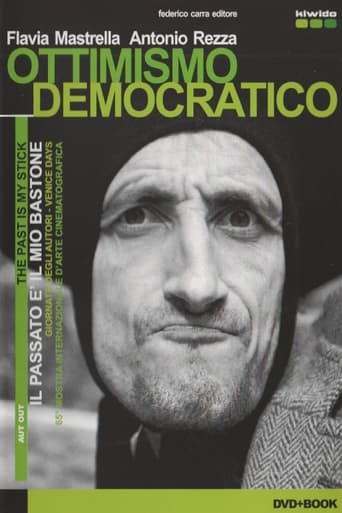
01 Jan 2009

No overview found
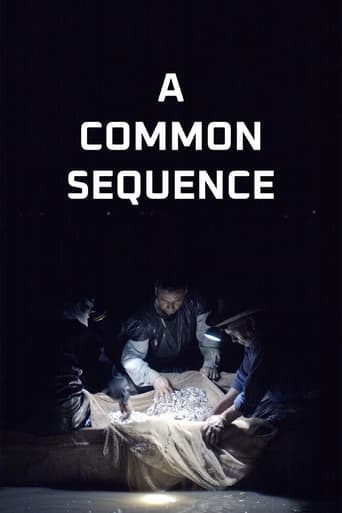
20 Jan 2023

An interconnected look at tradition, colonialism, property, faith, and science, as seen through labor practices that link an endangered salamander, mass-produced apples, and the evolving fields of genomics and machine learning.
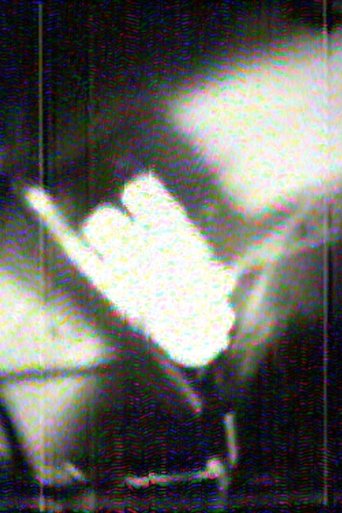

No overview found

06 Aug 1997

Jonas Mekas assembles 160 portraits, appearances, and fleeting sketches of underground and independent filmmakers captured between 1955 and 1996. Fast-paced and archival in spirit, the film celebrates the avant-garde as its own “nation of cinema,” a vital community existing outside the dominance of commercial film.
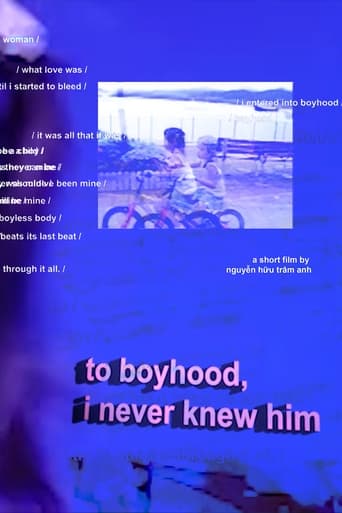
13 Dec 2022

Archive footage from 2006 - 2010 of a young girl growing up during the ages of four to eight. Only fragments of what is remembered exists. Words from a transgender man float to the surface as fleeting memories go on.
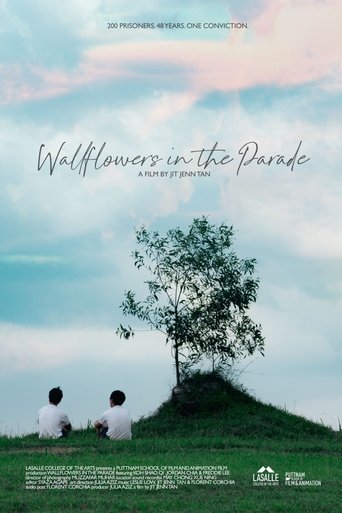
20 Aug 2021

With the banning of the religion in 1972, male Jehovah's Witnesses are made to spend their National Service in the detention barracks for two and a half years or longer. This documentary follows the lives of three male Jehovahs Witnesses and their lives in Singapore as well as the first Witness who was imprisoned in 1972.